When you send or receive emails, they need to be stored somewhere on your computer or server. This is where email file formats come into play. These formats are special ways to package and save your emails so you can access them later. Every time you check your inbox, you're actually looking at files saved in specific email file types.

Many people use email daily, but don't think about how these messages are stored. Different email programs like Outlook, Gmail, or Apple Mail use different common email file types to save your messages. Understanding these formats can help when you need to move emails between programs or recover lost messages.
Popular email file types make it possible to back up your important conversations, save them for records, or transfer them to new devices. Each format has its own benefits and uses. Some work better for individual messages, while others are designed to store entire mailboxes with thousands of emails.
Try Recoverit to When Email Files Lost/Unsaved
Security Verified. Over 7,302,189 people have downloaded it.
In this article
Part 1: What are Email File Formats?
An email file format is a special structure used to store email messages on your computer or server. Just like how photos might be saved as JPEG or PNG files, emails also need their own file types. These email file types contain not just the message text, but also attachments, sender information, time stamps, and other important details.
Common email file types work like containers that hold all parts of your email safely. They allow email programs to read and display your messages correctly. Without these formats, your emails would just be random text with no way to tell who sent them or when they arrived.
Different email programs use different popular email file types (PST, OST, DBX, etc). Microsoft Outlook uses PST and OST files, while Mozilla Thunderbird might use MBOX files. When you switch email programs, you often need to convert from one email file format to another so your new program can read your old messages. You may also want to know What Are the Top 10 Email Providers?
Part 2: Popular Email File Types
#1 EML
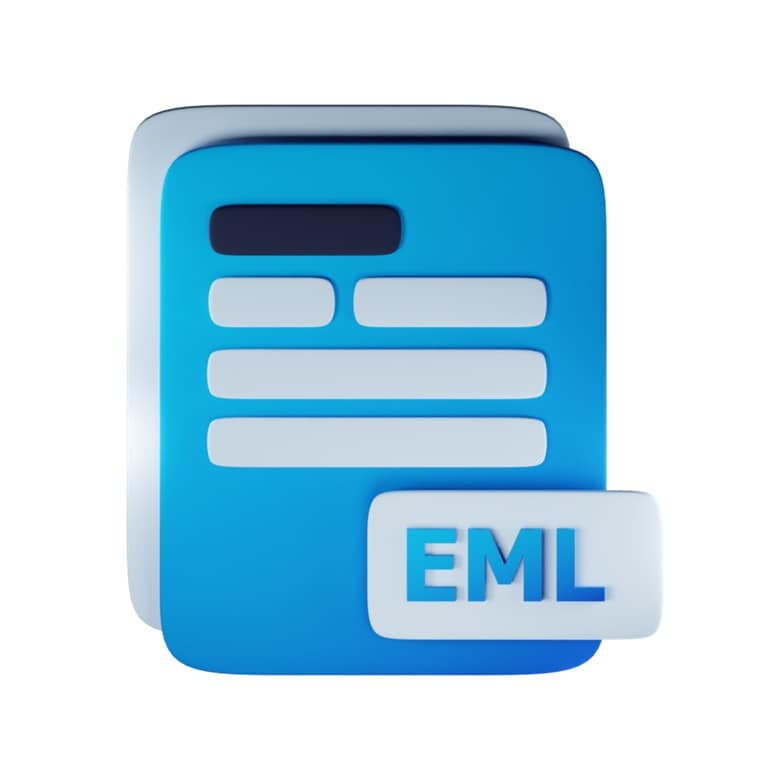
EML is one of the most common email file types used today. This simple email file format stores a single email message with all its parts, including attachments. Many email programs can open EML files, making them great for sharing individual messages between different programs.
Key features of EML files:
- Stores one email per file
- Widely compatible with many email programs
- Contains header information, message body, and attachments
- Easy to move or share individual messages
- Simple text-based format that's easy to work with
#2 PST
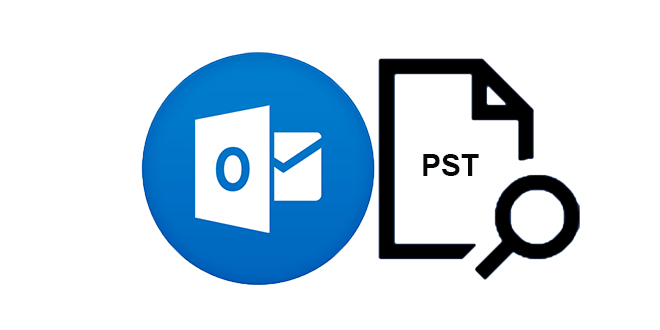
PST (Personal Storage Table) is a Microsoft Outlook email file type that stores your entire mailbox. This popular email file format contains emails, calendar items, contacts, tasks, and notes all in one file. PST files are commonly used for backing up Outlook data or moving it to a new computer.
Key features of PST files:
- Stores entire mailboxes with folders
- Contains emails and other Outlook items
- Password protection option
- Size limit of 50GB in newer versions
- Mainly used with Microsoft Outlook
#3 OST

OST (Offline Storage Table) is another Microsoft email file format used with Exchange accounts. This email file type creates a local copy of your mailbox so you can work offline. When you reconnect to the internet, Outlook syncs your changes back to the server.
Key features of OST files:
- Works offline with automatic syncing
- Created automatically by Outlook
- Cannot be directly imported to other email programs
- Tied to specific Exchange account
- Rebuilds automatically if corrupted
#4 MSG

MSG is a Microsoft email file type that stores individual messages from Outlook. Unlike EML, this popular email file format is specific to Microsoft products. MSG files preserve all formatting and attachments exactly as they appear in Outlook.
Key features of MSG files:
- Stores single Outlook messages
- Preserves rich text formatting perfectly
- Compatible with Microsoft programs
- Contains email properties and attachments
- Good for archiving important individual emails
#5 MBOX
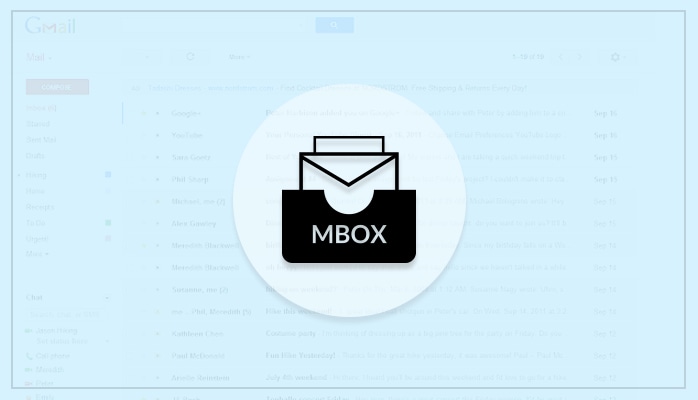
MBOX is one of the oldest common email file types still in use today. This email file format stores multiple messages in a single text file, with each message placed one after another. Many email programs like Thunderbird, Apple Mail, and Gmail support MBOX files.
Key features of MBOX files:
- Stores many emails in one file
- Simple text-based format
- Widely supported by many email programs
- Easy to move between different email systems
- Used by Unix and Linux mail systems for decades
Part 3: How Email File Formats Work?
Email file formats work by organizing all parts of your messages into structured files. When you receive an email, your email program takes all the data—the sender's address, subject, message body, attachments, and more—and puts them into the proper format. The program adds special markers that separate different parts of the message. When you open the email later, your program reads these markers to display the message correctly.
Different popular email file types use different methods to store this information. Some formats, like EML and MSG, store each message as a separate file, while others, like PST and MBOX can hold thousands of messages in a single file. Some formats use simple text that you could read in a text editor, while others use complex binary data that only special programs can understand. Despite these differences, all email file formats serve the same basic purpose: keeping your important messages safe and readable.
Part 4: Advantages of Using Common Email File Types
Common email file types offer many benefits that make managing your emails easier and safer. Understanding these advantages can help you choose the right email file format for your needs.
- Easy backup and recovery: Popular email file types let you save copies of important messages that you can restore if something goes wrong.
- Portability: You can move email file types between devices or share them with others when needed.
- Program compatibility: Common email file types like EML work with many different email programs.
- Offline access: With formats like OST, you can read and write emails even without internet access.
- Organization: Formats like PST help you keep thousands of emails neatly organized in folders.
- Archiving: Email file formats let you save old messages long-term without taking up space in your active inbox.
- Legal compliance: Some businesses must keep emails for legal reasons, and email file types make this storage possible.
- Migration: When switching email services, popular email file types help you take your message history with you.
Part 5: Lost Important Emails? Accidentally Deleted Email Files? Use the Recoverit Tool!
Losing important emails can be stressful, whether it's due to accidental deletion, computer crashes, or email file corruption. Recoverit is a powerful tool designed to help recover lost email file formats, including PST, OST, EML, MSG, and MBOX files. This software can scan your storage devices to find and restore emails you thought were gone forever.
Recoverit works with all popular email file types used by common email programs. It can help when you've emptied your deleted items folder, experienced a sudden power outage that corrupted your email file format, or accidentally formatted a drive containing important email archives. The tool uses advanced algorithms to detect and rebuild damaged email files.
How Recoverit helps recover your email file formats:
- Deep scans storage devices to find traces of deleted email files
- Recovers common email file types from formatted drives
- Repairs corrupted PST and OST files
- Restores email attachments along with messages
- Works with external drives, memory cards, and computer hard drives
- Preserves the folder structure of recovered emails
- Simple three-step process: select, scan, recover
Steps to recover lost email file types with Recoverit:
- Download and install Recoverit on your computer. Select the drive where your email files are stored. Click Start to begin scanning for lost email file formats.
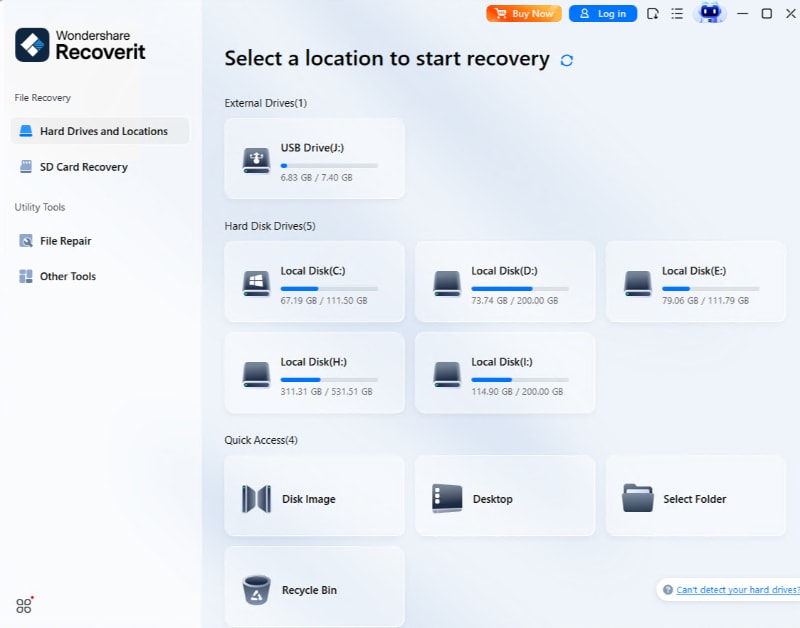
- Preview recoverable emails when the scan completes.
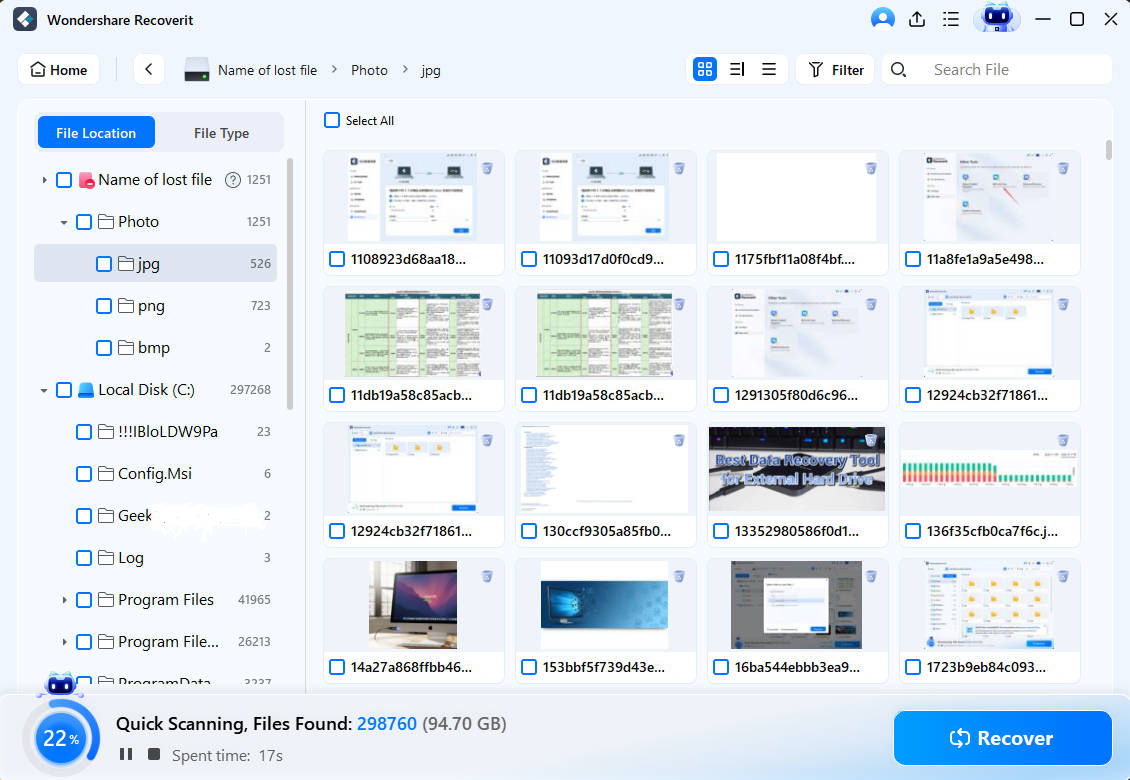
- Select which email file types you want to recover. Click Recover and choose a safe location to save the restored files.

Video Tutorial: How to Recover Unsaved/Lost/Deleted Emails?
Part 6: Pro Tips to Make the Most of Popular Email File Types
Getting the most from your email file formats requires knowing a few insider tips. These strategies will help you manage your email file types more effectively and avoid common problems.
- Regular backups: Create copies of important email file formats weekly to prevent data loss.
- File size management: Split large PST files into smaller ones to improve performance and reduce corruption risk.
- Naming convention: Name your email file types clearly with dates to find archived emails easily.
- Compression: Compress large common email file types before storing them long-term to save space.
- Conversion tools: Use specialized software to convert between different popular email file types when changing email programs.
- Password protection: Add passwords to sensitive email file formats like PST files to protect private information.
- Regular maintenance: Use built-in repair tools to check your email file types for errors before they cause problems.
- Cloud backups: Store copies of important email file formats in cloud storage for extra protection against physical damage to your computer.
Learn more>>: How to Recover Old Emails?
Try Recoverit to Recover Lost/Unsaved Email Files
Security Verified. Over 7,302,189 people have downloaded it.
Conclusion
Email file formats are essential tools that work quietly behind the scenes of your daily email use. They make it possible to save, share, and protect your important messages. Whether you're using Outlook with PST files, Thunderbird with MBOX, or another program, these email file types ensure your communication history stays intact.
As email continues to be vital for both personal and business communication, knowing about common email file types will only become more valuable. Take time to learn which formats your email program uses and how to work with them effectively. This knowledge will help you keep your important messages safe and accessible for years to come.
FAQ
-
What's the difference between PST and OST email file formats?
PST and OST are both Microsoft Outlook email file types, but they serve different purposes. PST (Personal Storage Table) files store emails that you can manually create, move, and back up. You can open them in different Outlook accounts and use them to transfer emails between computers. OST (Offline Storage Table) files are created automatically when you use Outlook with an Exchange account. They store local copies of server emails so you can work offline. -
Why would I need to convert between different email file types?
Converting between email file formats becomes necessary when you switch email programs or need to share emails with someone using different software. For example, if you're moving from Outlook to Thunderbird, you'll need to convert PST files to MBOX format. Some popular email file types work only with specific programs—MSG files work mainly with Microsoft products, while EML files are more universal. Conversion ensures you don't lose access to important message history when changing email systems. It also helps with archiving, as some common email file types are better for long-term storage than others. -
Can I open email file formats without their original program?
Yes, you can often open email file formats without their original programs, but you'll need alternative software. For common email file types like EML, many programs can open them—even some text editors can show the basic content. For more complex formats like PST or OST, you'll need specialized viewers or converters. Many free and paid tools exist specifically for opening different popular email file types. Web-based services can also open some formats, letting you view emails in your browser.


 ChatGPT
ChatGPT
 Perplexity
Perplexity
 Google AI Mode
Google AI Mode
 Grok
Grok























